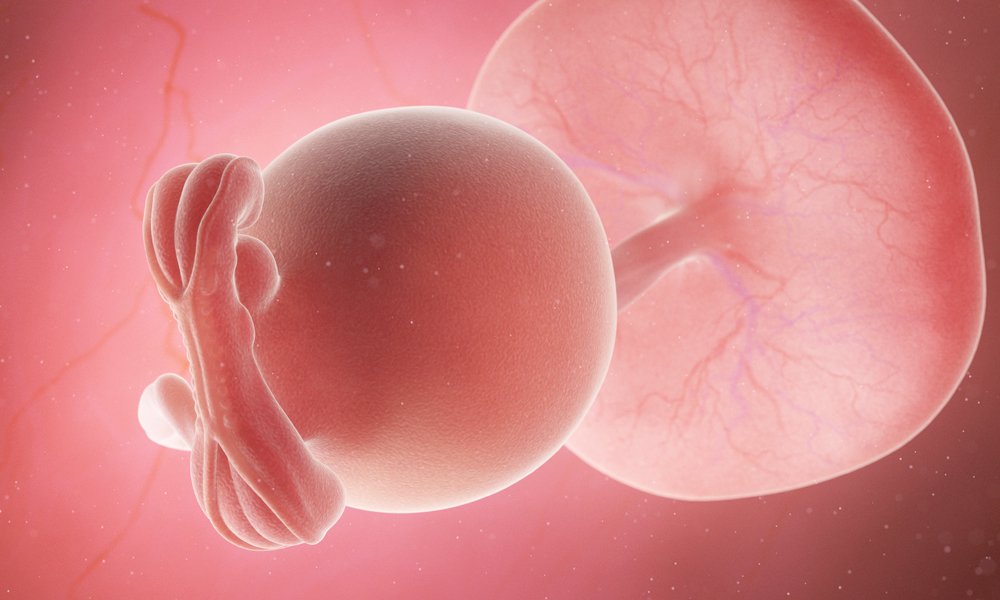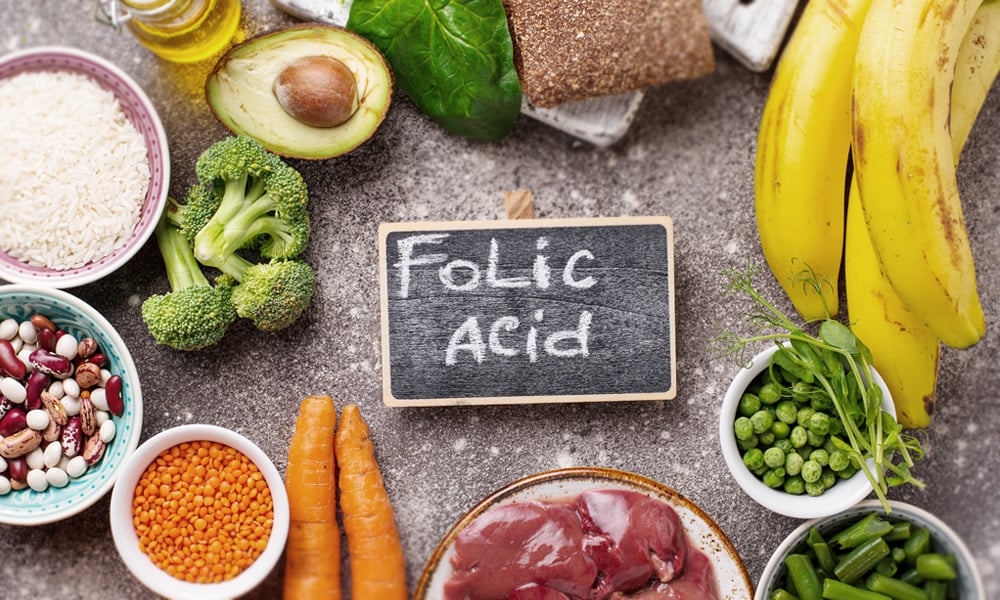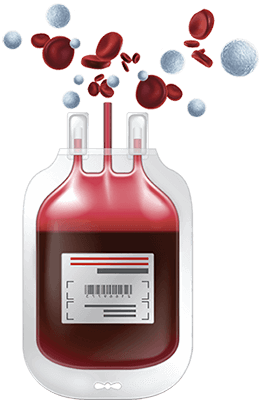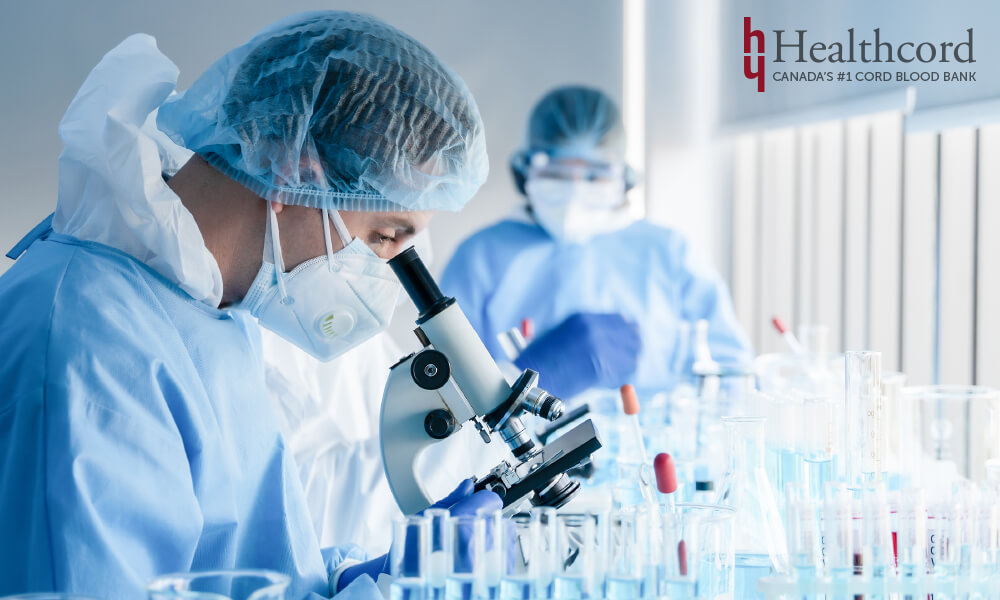Canada's Largest & Oldest Cord Blood Bank
Welcome to the pregnancy club. This is usually the time most moms-to-be find out they are pregnant.
This Week’s Highlights
Your hormone levels can be detected in a pregnancy test
Your baby’s heart begins to beat
The placenta and the umbilical cord are developing
Your Baby at 5 Weeks
Your baby is the size of an apple seed, measuring about 0.13 inches (0.33 centimetres) from head to rump.
Baby Development at Week 5
The embryo is starting to take shape, developing the rudimentary plans of a head and a tail. If you were able to take a picture, you will see that your baby looks more like a tadpole right now than a human.
Inside the embryo, three layers of cells are starting to form. These layers will go on to form the main organs and tissues of the baby.
- The top layer of cells produce the hollow neural tube, which will produce your baby’s brain, backbone, spinal cord and nerves.
- Your baby’s skeleton, muscles and the circulatory system will from from the middle layer.
- The third layer gives rise to the lungs, the urinary system and the digestive system.
The circulatory system that pumps blood is the very first system to become operational. It may be possible to see the heart beating in an ultrasound at 5 weeks.

Inside the embryo, three layers of cells are starting to form. These layers will go on to form the main organs and tissues of the baby.
- The top layer of cells produce the hollow neural tube, which will produce your baby’s brain, backbone, spinal cord and nerves.
- Your baby’s skeleton, muscles and the circulatory system will from from the middle layer.
- The third layer gives rise to the lungs, the urinary system and the digestive system.
The circulatory system that pumps blood is the very first system to become operational. It may be possible to see the heart beating in an ultrasound at 5 weeks.

Pregancy Tip
If you haven’t yet, start taking folic acid now. Taking folic acids in the first 12 weeks of pregnancy will help prevent neural tube defects, when the neural tube of the baby does not close properly.

Your Bump at 5 Weeks
You may feel bloated and uncomfortable, but there are no apparent changes to your belly yet. On the other hand, if you are experiencing severe morning sickness you may have even lost weight. Every pregnancy is different!
If you can’t button your favourite jeans, it is ok to change into loose fitting clothes to feel comfortable. Just remember, recommended weight gain in your first trimester (weeks 1-13) is around 1 to 5 pounds (0.45 to 2.3 kilograms).
Weight gain is inevitable during your pregnancy. If you have any questions or concerns, talk to you healthcare provider about personalizing your weight gain.
How Your Body is Changing
You may not look pregnant, but so many changes are happening inside your body preparing for this new baby. You probably already noticed that you missed your period. This is a perfect time to take a pregnancy test because there’s enough ‘pregnancy hormone’ HCG in your urine to confirm that you are pregnant.
At 5 weeks, pregnancy hormones are being mass-produced in your body, which includes estrogen. This female reproductive hormone is essential for keeping HCG and progesterone (another pregnancy hormone) levels high. HCG is made by placental cells and it supports the growth of the embryo until the placenta can takes over at 10 weeks. Progesterone maintains the placenta, stimulates breast tissue growth and keeps the smooth muscles of the uterus from contracting.
How Far Along are You?
5 weeks in, 35 weeks to go! You are in the first trimester of your pregnancy. Even though pregnancy is measured in weeks this means you are in your second month of pregnancy.
Stem Cell Research is One of the Fastest Growing Areas of Study
Stem cell therapy is a rapidly growing area of research. One of the largest repositories of active clinical trials, more than 1300 clinical trials are currently in progress involving stem cells.
Over 200 trials are looking at extending the therapeutic potential of cord blood and cord tissue stem cells. Learn more about how scientists are using clinical trials to extend the therapeutic potential of stem cells.
https://www.healthcord.com/cord-blood-usage-overview/cord-blood-clinical-trials/
Diet at Week 5
Many moms-to-be wonder whether they need to change their eating habits. The key is to have healthy, well-balanced meals that include all four major food groups.
Also the four following ingredients should be an essential part of your diet.
- Folic acid – Necessary for preventing neural tube defects in babies.
- Calcium – Essential for growing strong bones and teeth.
- Vitamin D – Vitamin D helps regulate the levels of calcium and phosphate. Vitamin D deficiency during pregnancy can lead to your baby having weak bones and teeth.
- Iron – Pregnancy results in an increase in your blood volume. You will need to increase your iron intake to compensate for the extra red blood cells you and your baby will be making.

Pregnancy Symptoms at Week 5
Morning sickness – Many expectant moms (~85%) feel some degree of morning sickness. The severity of nausea vary from one to the other. You may relief from morning sickness as you head onto your second trimester at 13 weeks.
Fatigue – Exhaustion is one of the most common symptoms associated with this stage of pregnancy. Remember, your body is going through massive changes at this stage to make sure that tiny ball of cells will survive and continue to grow into your precious baby.
Tender breasts – Hormonal changes and the increase in blood supply to your breast will make then tender and swollen.
Frequent visits to the bathroom – Frequent urination is a symptom that is present in both the first and third trimesters. Right now it is caused by (you guessed it) changing hormones. Unfortunately, even if you drink absolutely no liquids, you will still need to visit the bathroom often. This is quite normal. But if the urgency is accompanied by pain or burning, you should contact your healthcare provider since you may have contracted a urinary tract infection.
Cramping – As your uterus expands to make space for the baby, you may experience cramping. Cramping is also a sign of implantation.
Cord Blood vs Cord Tissue Stem Cells
Top 3 Reasons
- Available for a lifetime
- A perfect match
- Access to future therapies



